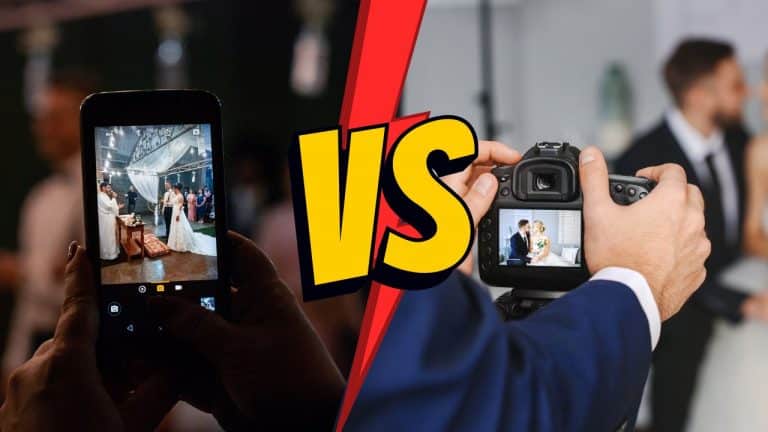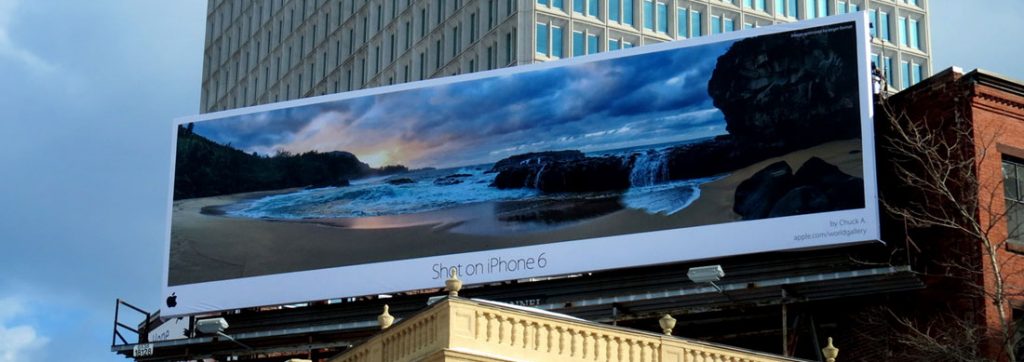
Recently, one of the titans of the imaging world made a pretty ground-breaking statement:
We expect that still images [from smartphones] will exceed the image quality of single-lens reflex cameras within the next few years. Still images are expected to exceed ILC [interchangeable lens camera] image quality sometime during 2024.
What makes this proclamation all the more note-worthy is that he placed a date to his statement and that this man is none other than the CEO of Sony Semiconductor Solutions, Terushi Shimizu. He is responsible for producing the image sensors in approximately 50% of all mobile phones on the planet. (the 50% that matter)
And this statement has major implications for his own parent company’s DSLR business, which accounts for an impressive 22% of the global market for DSLR cameras. (But also for your app-to-print strategy)
Of course, pundits on both sides of the divide have been predicting the complete demise of the standalone camera for a long time. Whether this expected “better image quality” (what does that even mean?) will finally kill standalone cameras remains to be seen. Still, one thing is sure: for the average consumer, the advantages of carrying a bulky DSLR camera during milestone events (think bar mitzvahs, graduation and weddings) are rapidly reducing since their pocket-size smartphones can do the job. As for travel, bringing a separate camera on vacation is now about as obscure as…traveller’s checks! (remember those?)
OK, so why should you in the print industry care?
It’s no secret that here at photobook.ai, we have always been a mobile-first company and a huge proponent of an app-to-print approach. Shimizu-san’s statement only validates our approach. But we don’t have to wait for 2024 when the mobile phone’s image quality is expected to “surpass” those of the ILC. The quality of today’s average mid-market mobile phone cameras is already more than good enough for consumer print. They have been since the iPhone 6, according to Apple (and who are we to argue with Steve?). Incidentally, the iPhone 6 uses a Sony Exmor IMX220 image sensor.

Many of you may rightfully say, “But my web-to-print solution is mobile responsive”. And my mobile browser audience is growing faster than desktop visitors, so my users are happy with my mobile website.
Yes and No; allow us to elaborate.
Suppose your user’s photos are already in the cloud (Facebook, Google Photos, Instagram). In that case, maybe, a mobile responsive Web-to-print is good enough since users will probably transfer their photos from their cloud service of choice to your web-to-print editor. (but really, how many of you access Instagram via a browser?)
Your mobile audience is growing on your site because that’s where your users are. That does not tell you that they are happy with your mobile-responsive site. But it tells you where to find them!
Take a closer look at your mobile audience conversions. Then compare them with mobile-app-only companies like Chatbooks (USA), photosi (Italy) and Popsa (UK). Then find out how much ad dollars are going into Sergei and Mark’s pockets.
We already know standalone cameras are going the way of the dodo (see the quote above by the man responsible for that!) Photos will start their lives on the phone.
A native App-to-print gets first dips on these photos, and you absolutely want to have your print shop be right there inside their camera. An App-to-print channel makes things much easier from a user’s point of view, no uploads before editing, no responsiveness issues, and it is 100% private and secure. Your shop is in your users’ pockets, next to their camera roll and credit card! (and if your App-to-print happens to be supercharged with AI, even better, wink wink)

